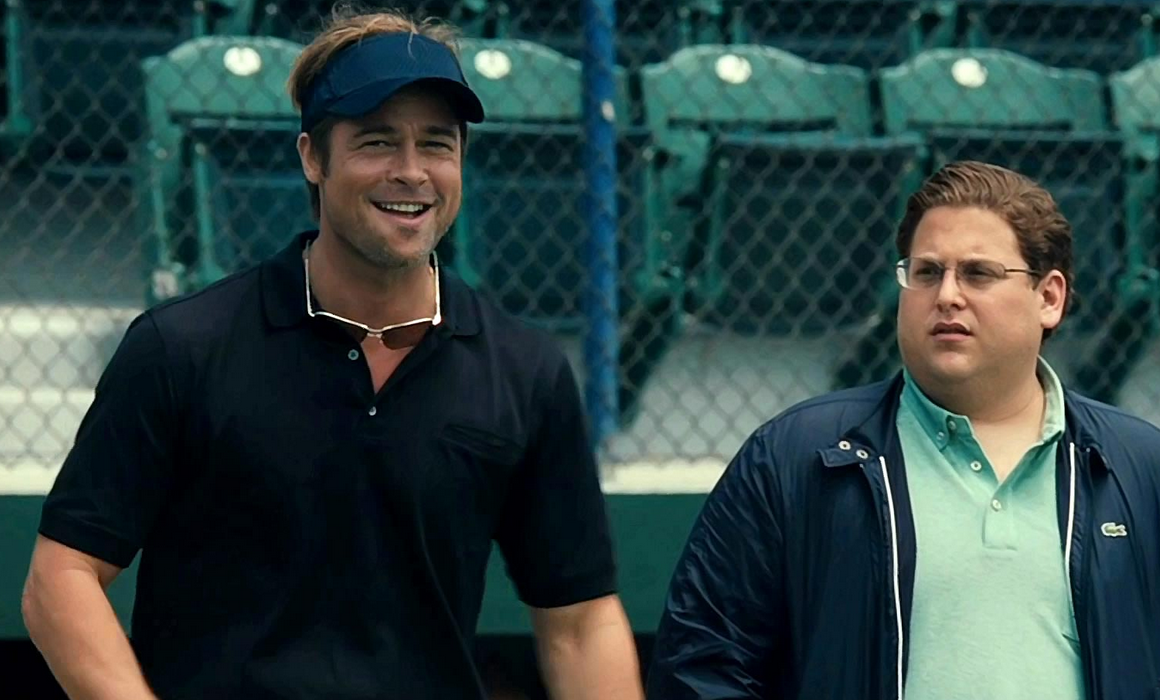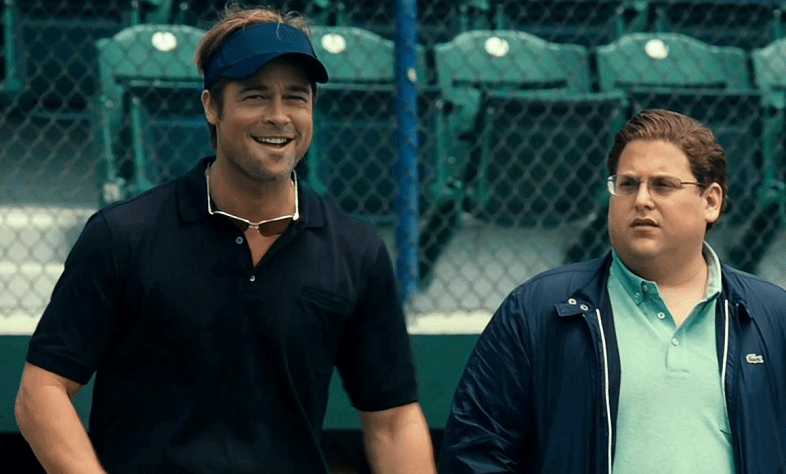Billy Beane, And How Creativity Can Make You Money
Creativity is worth something. It’s not just for writers or artists or hippies. It’s relevant for entrepreneurs, for businesses, for restaurants and sports teams and more.
By ![]() Lev Novak
Lev Novak


There’s a retroactive bias against creativity, because good creativity feels, after the fact, obvious.
Of course there should be a car service app; I could’ve invented Uber! A coming of age series at a wizard school? What a slam dunk! I just wrote Harry Potter.
That’s because creativity is about blurring the new and the familiar. Think about Apple products. Your Dad knows how to work them. They’re not only powerful but simple, elegant and intuitive.
Even babies know how to work iPads! Babies!
Don’t let that fact glaze over you. Really; take a moment to process this. Babies can’t even work their own butts right, let alone a toaster. And yet, if you give a two year old an iPad game she will know what to do.
When something works, it works.
With Apple, many of us take their products as magic, pure in form and function. We don’t pay attention to the creativity behind the design; we take it for granted.
A phone that works as an iPod? Duh! Of course!
We could’ve done that.
Because we recognize great ideas after they happen, there’s a retroactive dismissal of the creative work behind them. We dismiss that and focus on the technical aspects; writers write, sure, but so what? That’s just clanking on keys.
But you don’t see deletions, cuts, or the articles and plays turned dusty in my .docs.
Valuing creativity isn’t just some self-serving artistic whine (although it’s also that.) It’s a call to appreciate and value the hidden half of creation; the dream behind it, the untraceable forming of thought and aesthetic that we so often shrug off.
Creativity can be hard to trace in a quantifiable world, but it’s still important. And in a world where creativity is treated almost like some quirk of luck, or some happy accident.
It isn’t
***
Remember Moneyball? It was the story of how the Oakland A’s outperformed expectations for years by pursuing creatively cultivated analytical statistics while forming their team. It worked. In 2002, the Oakland A’s tied the New York Yankees for the most wins in baseball with about one third of their payroll, good for about a cool eighty million dollars in savings and an amazing underdog story.
Without the book and movie, though, it would’ve been treated as an anomaly, some dumb luck fluke that happens in sports. A crazy fluke. A fluke that persisted for years and years over the longest schedule in sports.
Huh.
This was very profitable creativity, creativity that was proven statistically and anecdotally over very public years, and it still took years for teams to take notice. About fifteen.
According to Nate Silver- you know, the creative nerd who can predict elections– Billy Beane’s fifteen year tenure in Oakland was worth between $812 Million and $1.12 Billion dollars.
After this amazing, insane, jaw-dropping and quantifiably proven accomplishment, The Red Sox offered him about $12.5 million over five years, an offer that was seen as outrageously high for a mere thinker, and an offer that Billy Beane declined.
When you reduce the idea to a commodity, you both forget the work of thinking, and you leave creation and creatives behind.
For comparison, the Red Sox just paid a combined $185 million for Pablo Sandoval and Hanley Ramirez over the next five years. They’re both great players, and they’re paid because that’s what the market would bear. It makes sense, but it also doesn’t.
They’re good, sure. But are they Billy Beane good?
***
Creativity exits in all types and careers. In the example above, there’s an extreme amount of profit tied to that creativity, and over a decade of extremely public proof of that creativity’s merit and worth.
In the most ideal situation for creativity to be valued, Billy Beane was given a contract offer comparable to a mop-up reliever.
Creativity is worth something. It’s not just for writers or artists or hippies. It’s relevant for entrepreneurs, for businesses, for restaurants and sports teams and more.
Ironically, the Moneyball thing to do might be to hire the extreme creative types, the unmarketable, unemployable and underpaid, the stoners and the slackers and see what they come up with.
Might I suggest you start with me? ![]()




